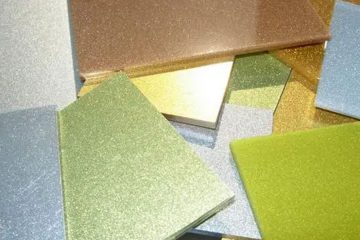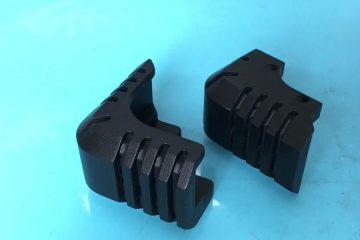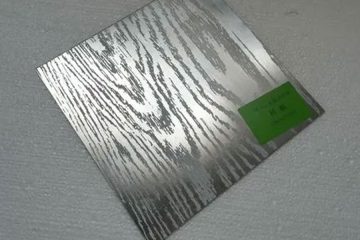The inconel etching process in the etching of printed circuit board manufacturing is divided into alkaline etching and acid etching. The alkaline etching solution contains ammonia water. The ammonia content in the cleaning water after etching is very high. Due to the complexation of ammonia and copper, there are problems such as difficulty in removal, high treatment cost, and difficulty in meeting standards when treating copper ammonia wastewater.
A wastewater treatment process for etching cleaning wastewater proposed by a researcher includes three steps: flocculation precipitation, evaporation desalination, and sludge treatment. Flocculation precipitation includes collecting the etching cleaning wastewater in the wastewater collection tank and transporting it to the reaction tank through a wastewater lifting pump. Alkali is first added to the reaction tank to adjust the pH value to neutral, and then a coagulant is added, and then a flocculant is added.
The sediment in the reaction tank sinks into the sludge hopper below by gravity in the sedimentation tank, and the wastewater in the reaction tank flows to the clean water tank through the upper overflow weir. This wastewater treatment process for etching and cleaning wastewater has simple process and convenient operation, realizes zero sewage discharge, and does not produce toxic and harmful byproducts in the treatment process, is pollution-free, has high economic and environmental benefits, and the treated etching and cleaning wastewater has clear water quality, no obvious suspended matter, and conductivity ≤700us/cm, with broad prospects.
Although this process has the advantages of simple operation and pollution-free production process, it still has the disadvantages of high treatment cost and inability to completely recycle wastewater.
To solve this problem, other scholars have proposed a printed circuit board copper etching and cleaning wastewater treatment process, the process of which includes the following steps:
- 1. Electrolytic ion membrane treatment: The printed circuit board etching and cleaning wastewater containing copper ions is introduced into the electrolytic ion membrane equipment with a water pump for concentration and separation to obtain pure water and concentrated copper ion-containing etching solution. After the electrolytic ion membrane produces pure water, the cation and cation resin mixed bed, EDI and other processes can be added to further improve the quality of pure water.
- 2. Pure water recovery: The water separated by the electrolytic ion membrane equipment is introduced into the pure water recovery pool.
- 3. Pure water reuse: Use a water pump to introduce the pure water in the pure water recovery pool into the workshop production line for recycling.
- 4. Concentrate collection: Collect the etching solution obtained by separation in step 1 into the concentrate collection pool.
- 5. Electrolytic copper extraction: Electrolyze the etching solution in the concentrate collection pool to extract copper ions in the concentrate to obtain usable jewelry etching solution.
- 6. Etching solution reuse: Reuse the etching solution prepared in step 5 to the production etching tank for repeated use.
This process can achieve a processing cost close to zero cost, has very considerable economic benefits, and achieves a high level of circular economy.


